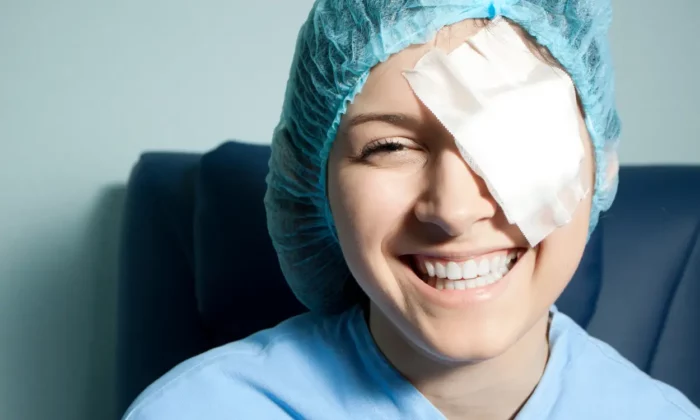
Considering RLE surgery for improved vision? Navigating the world of medical procedures can be daunting, but you’re in the right place to get clarity. In this guide, we’ll walk you through the must-know precautions both before and after your RLE surgery. From the simplest preparations to the essential post-surgery care, you’ll discover step-by-step insights to ensure a smooth and successful procedure. Let’s embark on this journey towards clearer vision, together!
Contents
Refractive Lens Exchange (RLE) surgery, as the name suggests, is a procedure where the eye’s natural lens is replaced with an artificial one. This surgery is primarily performed to correct refractive errors in the eye, such as myopia (nearsightedness), hyperopia (farsightedness), and presbyopia (difficulty reading with age). Unlike traditional cataract surgery where the primary goal is to remove the cloudy lens, RLE is primarily chosen for vision correction, even before cataracts have developed. By replacing the eye’s natural lens with an artificial intraocular lens (IOL), RLE offers the advantage of potentially eliminating the need for glasses or contact lenses, providing you with clearer, sharper vision.
Before stepping into the operating room for an RLE surgery, it’s crucial to ensure you are both physically and mentally geared up for the procedure. Here’s what you should focus on:
By taking these pre-surgery preparations seriously, you’re not only ensuring the best possible outcome for the surgery but also significantly reducing the risk of post-operative complications.
Following these guidelines will help set the stage for a successful surgery and contribute to a smooth and hassle-free experience.
Remember, the immediate care you provide to your eyes post-RLE surgery sets the foundation for the subsequent healing process. It’s vital to follow all guidelines and instructions diligently to ensure optimal recovery and results.
By adhering to these precautions during the initial recovery phase, you pave the way for a smooth healing journey and optimize the outcomes of your RLE surgery.
In conclusion, it’s vital to take these precautions seriously, ensuring you experience the best possible outcome after RLE surgery. Are you considering a leap towards clearer vision? Experience the freedom and transformation that RLE surgery promises. Choose EyeMantra for your journey to visual clarity. Don’t wait any longer; your improved vision is just a call away. Book your free appointment now at 9711116605.
Is it safe to drive immediately after the procedure?
You should not drive immediately after the surgery. Your vision might be blurry, and your eyes may be sensitive. It’s recommended to wait at least 24-48 hours and to consult with your surgeon before getting back behind the wheel.
How soon can I return to work after RLE surgery?
Depending on the nature of your job, most patients can return to work after 2-4 days. However, if your occupation involves strenuous activities or direct exposure to dust and other contaminants, it might be best to wait a bit longer.
When can I resume exercising?
Light exercises like walking can be resumed a few days post-surgery. However, avoid activities that increase eye pressure, such as lifting heavy weights, yoga inversions, or high-intensity workouts, for at least two weeks.
What should I do if I accidentally rub my eyes after the surgery?
If you accidentally rub your eyes, don’t panic. Gently close your eyes for a moment and avoid further touching. If you experience any discomfort, pain, or changes in vision, contact your doctor.
Do I need to wear sunglasses indoors?
Immediately post-surgery, your eyes might be sensitive to light. While it’s not mandatory, wearing sunglasses indoors can offer comfort during this period.
What signs should prompt me to contact my doctor?
If you experience persistent pain, sudden vision changes, increasing redness, swelling, discharge, or any other unusual symptoms, it’s essential to reach out to your eye surgeon promptly.